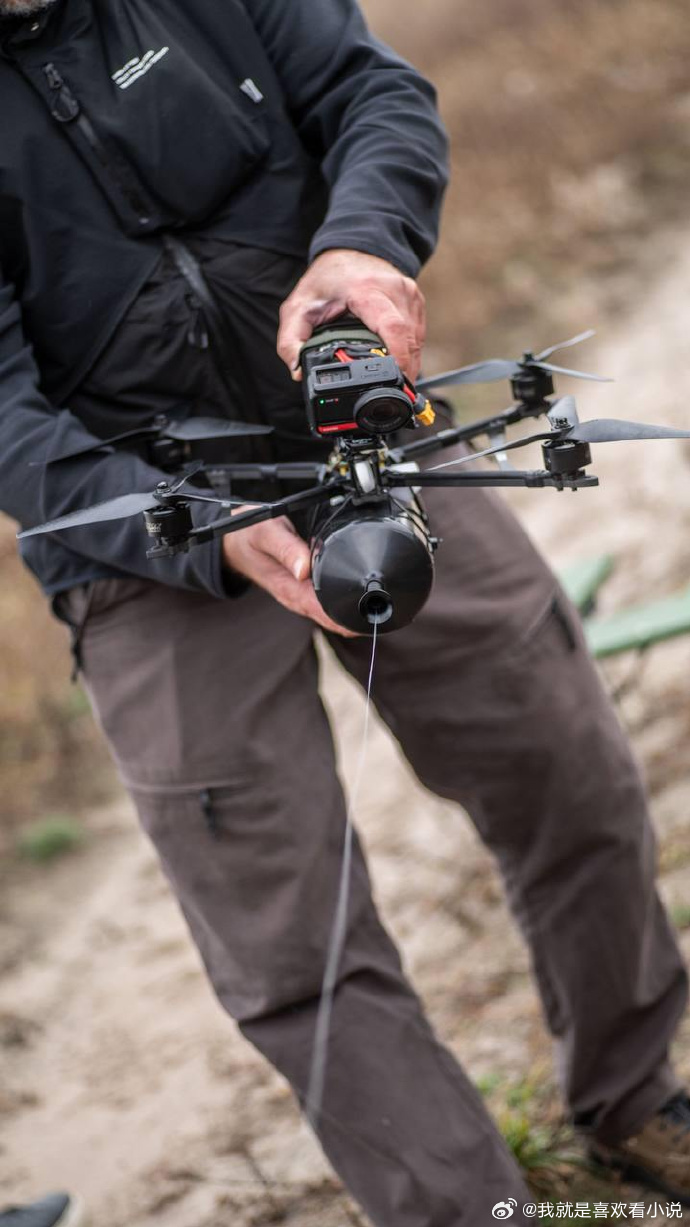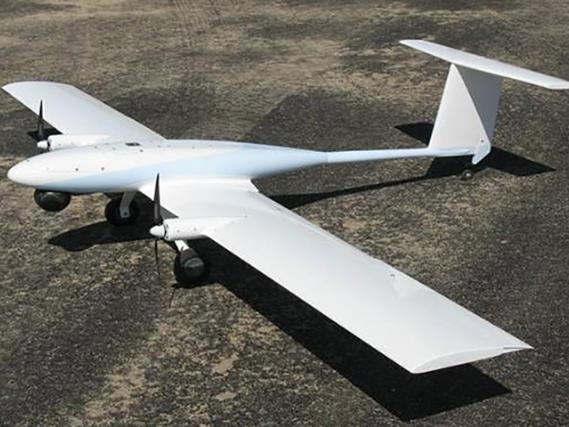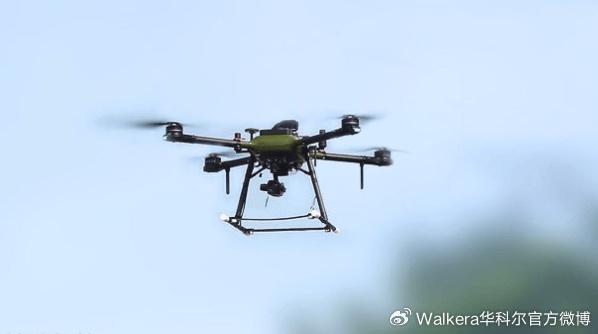Definition and Basic Functionality
At a fundamental level, drones are aircraft capable of sustained flight operated autonomously or remotely. They consist of propellers, sensors, GPS systems, cameras, and various other components depending on their purpose. Originating from military applications, drones have now transitioned into commercial spaces and recreational uses due to advancements in technology and reductions in costs.
Different Types of Drones
- Consumer Drones: These are used by hobbyists and include models that are simple to fly while equipped with high-quality cameras for capturing aerial images and videos.
- Commercial Drones: Utilized for business operations, commercial drones aid in fields like agriculture, construction, real estate, and logistics.
- Military Drones: Equipped with advanced technology, these drones are used for surveillance, reconnaissance, and combat operations.
- Research Drones: Used in academic and scientific research to study environments that are difficult to access.

Applications Across Various Sectors
Understanding what drones are! becomes even more fascinating when we explore their applications across diverse sectors. One prominent area is agriculture, where drones help farmers in crop monitoring, spraying fertilizers, and mapping farms.
Media and Entertainment
The drones are revolutionizing the media industry. High-definition aerial videography and photography now staple services produced using drones are widely seen in films, television production, and advertising campaigns.
Environmental Monitoring

Environmentalists harness the power of drones to monitor wildlife, deforestation, and pollution. They provide vital data to help conserve ecosystems.
Emergency Response
Drones are pivotal in search and rescue missions. Equipped with thermal sensors, drones can locate missing persons in remote areas or disaster-struck locations efficiently.
Challenges and Regulations
Despite the potential and capabilities, drones face challenges including airspace regulations, privacy concerns, and technical limitations like battery life and payload restrictions. Various authorities are working on legislation to maintain a balance between innovation and safety.
Future Prospects
The journey of understanding drones extends towards the future possibilities they bring. As technology further develops, drones may deliver packages, patrol borders, or even serve medical aid deliveries in emergencies.
FAQs
Are drones safe to use?
Rigorously adhering to regulations and proper training makes drones safe for commercial and recreational use. It is essential to follow guidelines set by aviation authorities.
How high can drones fly?
Drone flight altitude varies based on type and regulations. Most consumer drones have a range of up to 400 feet due to FAA guidelines to prevent interference with manned aircraft.
What is the average battery life of a drone?
Battery life ranges between 20 to 40 minutes for consumer models, while some high-end models may have longer flight times depending on usage and build.
Embracing what drones are will undoubtedly unveil more innovations and applications, setting the stage for an exciting technological revolution.
